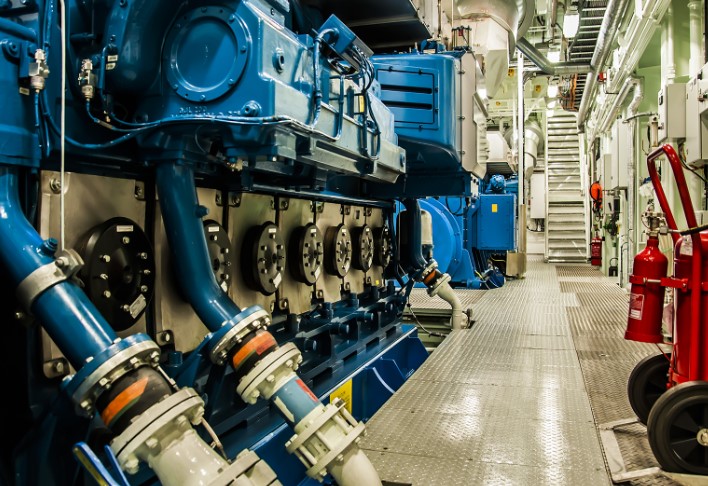
Marine engines must be quick and quiet, with good fuel economy, total reliability, and inexpensive spares and maintenance. They also must meet emissions standards and safety regulations.
Slippery, tarnished, or rusted deck plates are common engine room conditions that increase fall risks for crew members working at height. Blocked escape routes also present severe hazards.
Size
Marine engines require a lot of space to operate. Consequently, they need to be well-ventilated. Otherwise, they may need to be repaired or replaced often. This can result in fewer operating hours and higher maintenance costs. The size of the marine engine room parts can also affect how the system performs regarding speed and endurance.
The spatial structure of marine engine rooms is complex, and there are significant scale differences between different equipment.
Design
Marine engine rooms contain a wide range of equipment. Despite this, developing a compelling visual recognition model for marine engine room equipment can be challenging. This is mainly because of the scale gap between different equipment in the engine room. This means occluding or overlapping equipment parts is often possible, making the recognition task more challenging.
In addition to the size of the equipment, the layout of the engine room can also have an impact on its performance. For example, sheathed fuel pipes are much safer than un-sheathed ones, which can vaporize and ignite if they come into contact with hot surfaces. These pipes must be adequately insulated to prevent this type of fire. In addition, it is essential to ensure that alarms are working correctly. Inspectors often find that escape routes are blocked or have missing bulbs, which could compromise safety in an emergency.
Durability
The durability of engine room parts can have a significant impact on safety. Leaking fuel pipes, for example, present a serious fire risk when they release flammable fuel onto an unprotected surface. Ensure that pipes transporting combustible gas and liquids are regularly inspected, and consider using a sheathed pipe system. Regular sheath inspections will help detect leaks early on, allowing them to be addressed before they cause an explosion or fire.
A review of Gard’s hull and machinery claims shows that nearly half of all engine room fire incidents were caused by fuel oil leaking from ruptured tanks. Ensure to keep fuel oil tanks in good condition and paint bilges a bright color for easy detection of oil leaks. You should also deploy spare drip trays to catch oil and other liquid spills. Finally, electrical switchboards and other equipment should be shielded to prevent arcing. This will reduce the risk of fire, smoke, and electric shock.